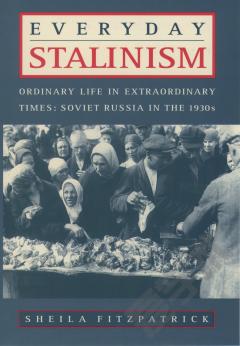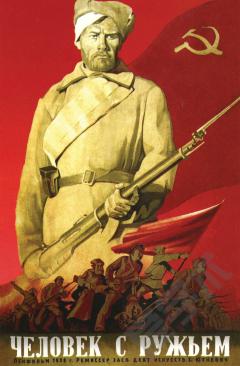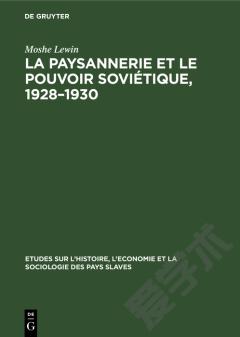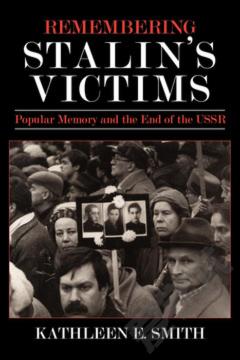Contending with Stalinism —— Soviet Power and Popular Resistance in the 1930s
----- 反对斯大林主义:20世纪30年代的苏维埃政权和人民抵抗力
Resistance has become an important and controversial analytical category for the study of Stalinism. The opening of Soviet archives allows historians an unprecedented look at the fabric of state and society in the 1930s. Researchers long spellbound by myths of Russian fatalism and submission as well as by the very real powers of the Stalinist state are startled by the dimensions of popular resistance under Stalin.Narratives of such resistance are inherently interesting, yet the topic is also significant because it sheds light on its historical surroundings. Contending with Stalinism employs the idea of resistance as a tool to explore what otherwise would remain opaque features of the social, cultural, and political history of the 1930s. In the process, the authors reveal a semi-autonomous world residing within and beyond the official world of Stalinism. Resistance ranged across a spectrum from violent strikes to the passive resistance that was a virtual way of life for millions and took many forms, from foot dragging and negligence to feigned ignorance and false compliance. Contending with Stalinism also highlights the problematic nature of resistance as an analytical category and stresses the ambiguous nature of the phenomenon. The topics addressed include working-class strikes, peasant rebellions, black-market crimes, official corruption, and homosexual and ethnic subcultures.
{{comment.content}}








 京公网安备 11010802027623号
京公网安备 11010802027623号